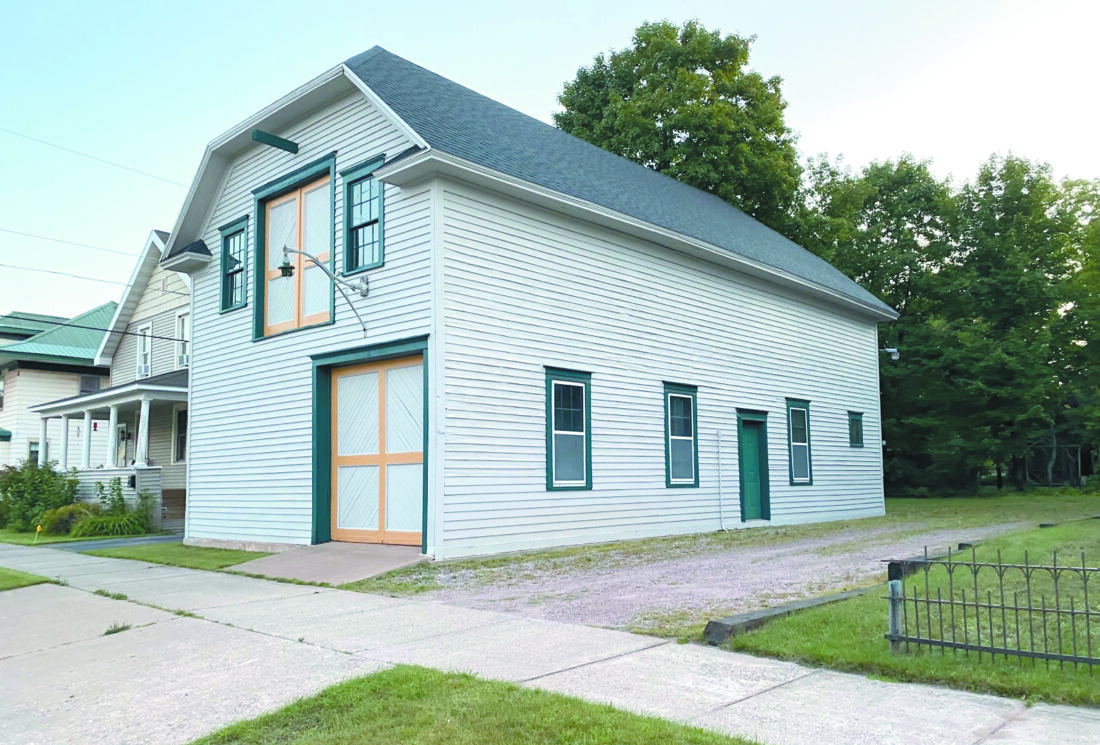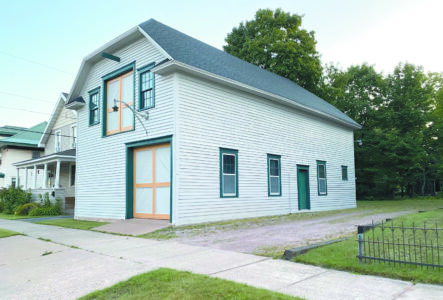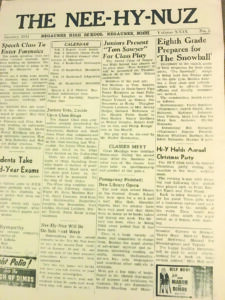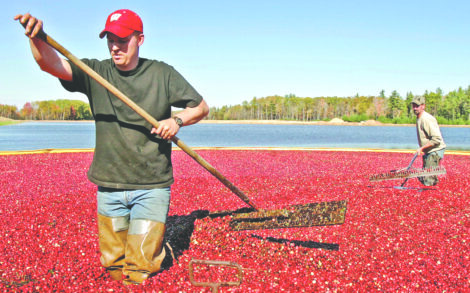The Carriage House

The Carriage House in the city of Negaunee is pictured. (Photo courtesy of the Negaunee Historical Society)
NEGAUNE —
Thanks to Dave Dompierre and Miles Parkkonen for the information on the carriage house. The building behind the Negaunee Museum known as the Carriage House was built about 1900. During its early existence it served to house the horses and vehicles that were used to transport members of the families that live at 303 Main St.
In 1927, the home ceased to be a family residence and was purchased by the Cleveland Cliffs Iron Company with the stipulation that it would be used as the clubhouse for the American Legion organization. For the next 60 plus years the former home served in this capacity which included the rental of sleeping rooms upstairs to single men, mostly veterans of WWI and WWII. During this extended period the Carriage House was used very little and was given practically no maintenance.
In 1990, the American Legion sold the clubhouse and the Carriage House to the Negaunee Historical Society with the clubhouse to be used as the new Negaunee Museum. By this time the Carriage House was in an extremely serious state of deterioration, having very little likelihood of serving any useful purpose. The cost given to demolish the building at that time was $30,000. As an alternative to expending this significant sum, Mr. Miles Parkkonen, an active member of the historical society, personally took on the challenge of restoring the dilapidated structure to a usable condition. The following paragraphs tell, in Miles’ own words, what he and other volunteers did to resurrect the Carriage House from almost certain extinction. Their work and dedication have made it possible for other upcoming generations to see and appreciate this historic structure. In Miles’ words, Our Carriage House was rotting away from top to bottom.
When you went upstairs and looked at the south side of the roof, it was like looking through a screen. The roof boards are placed about an inch apart and the roof shingles were so worn out that there was a million holes in the roof, pin holes of light shining through. The water rotted big holes in the upper floor and the lower floor was completely rotted away, almost to dust. The timbers supporting the walls of the building had sunk two feet into the ground. I started to look for some cheap shingles for the roof. Found some but in the meantime Rolly Juchemich (our president at the time) got a good deal from a contractor who was willing to do the job with some shingles he had left over from other jobs. I think the Negaunee Community fund paid for it. All the windows were broken and boarded up. The south door was replaced with an old piece of plywood. Just a half of a door was on the east side of the building.
It was patched with a piece of old plywood. There was little or no paint on the building and the lower part of the siding was rotted. I got estimates for jacking up the building and installing new cement footings and replacing the old wooden floor with a cement floor. I got a few bids, they were all in the $30,000 range. I thought that was too much so I asked for estimates to have the building demolished. I got one bid from a local contractor, it was $30,000, I thought it was too much, so I started jacking up the south side of the building. I took a few transit readings to determine the highest part of the building’s base so I could try to bring the rest of the building up to that point. I removed te rotted siding and sheeting from the outside and rotted paneling from the inside.
I bolted 2×6 boards inside and out and used them to gently jack up the building a little at a time, about an inch a day. Eventually the building was brought two feet out of the ground, straightening and leveling the south side of the building. I built forms for new footings on the south and east sides of the building. Jeff Andrews and my son Gary and I poured the cement. I made a jig for my chainsaw so I could cut off the rotted ends of the wall studs, nice and square. I made new jack studs and nailed them in along with the new treated sill plate. I lowered the building on the new footing. I replaced the rotted sheeting with 3/4 treated plywood. Clarence Paroliki donated some 12″ cedar siding which I ripped to proper size and installed it along with the new trim boards. I donated a steel man door for the east side of the building. Made a new door frame and installed the door. The Ishpeming rock Barn donated a new door for the south side. I installed the door with the help of Greg DeGabrele. Nob Rogers and I cleaned out all the trash that filled the Carriage House. It was a fire trap.The city haule two big dump truck loads of junk away. Mark Linna helped to pull up some of the rotted boards. I kept after a contractor friend, Dwight Swanson, who did masonry work.
It took about a year until I finally convinced him to lift up the rest of the building and pour a new floor and footings on the north and west side of the building. including the apron from the building to the city sidewalk. I repaired all the windows that were broken. I must have cut a hundred new panes of glass from old glass that was scrounged from all over the place. The drip edges on the windows and the sills were all replaced and caulked. Then I pressure washed the entire building. Marty Fountain helped to spray the building with 10 to 15 gallons of primer. I sprayed on a finish coat and painted the upper windows doors and trim. I could not have not have done the high work without the use of my son Gary’s man lift. Mary Fountain, Helen Schmeltz and Bob and Tina Johnson painted the lower windows, doors and trim. I got new storm windows to make the inside windows last longer. I worked on the sliding doors inside and got them moving again. The big door was sealed to keep the road dust from blowing in. I gathered up all the old paint from the basement of the museum and mixed it up to get a decent color and sprayed the large room and it looks OK. Joe McCormick ran a new electrical power service from the museum to the Carriage House.
Bob Johnson wired the Carriage House with lights and outlets. Matt Jarvi, Robert Dobson and I installed a new floor upstairs to use as a place for archives. The building was restored for about $5,000. Thanks to Miles Parkkonen for his time and energy to restore this building. And like most historic buildings there is upkeep. Dave Dompierre took a step in securing funding to have the Carriage House painted. In 2017, a significant bequest to the historical society enabled the board to contract out a commercial painting company to apply an exterior coat on the museum and the Carriage House. Because the museum has newer siding, it still maintains an attractive appearance. However, by 2023, the 125-year-old exterior of the Carriage House was showing a serious need for upgrading.
To meet this need, historical society workers Dave Dompierre and Lynn Chevrette stepped up to remove the old paint and apply a fresh coat to the bottom half of the building. Unfortunately, liability concerns would not let the volunteers to work at the height necessary to do the top half. A request for help was submitted by the society to the Community Foundation of Marquette County during the 2025 grant cycle. Two affiliates of the foundation,the Negaunee Area Community fund and The Negaunee Lions Community Enrichment fund agreed to share in granting the $6,000 needed to pay a commercial painting firm to do the upper half of the Carriage House.
They spent seven full workdays preparing and applying two coats of high grade paint on all exterior wood. The Negaunee Historical Society appreciates the generosity of the local granting organizations for the financial backing to preserve this historic building.




